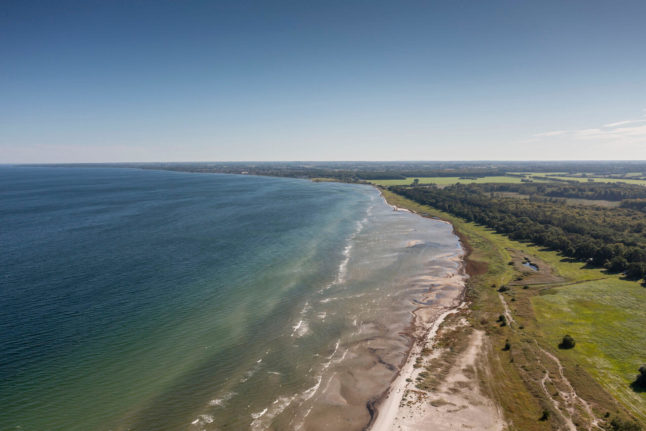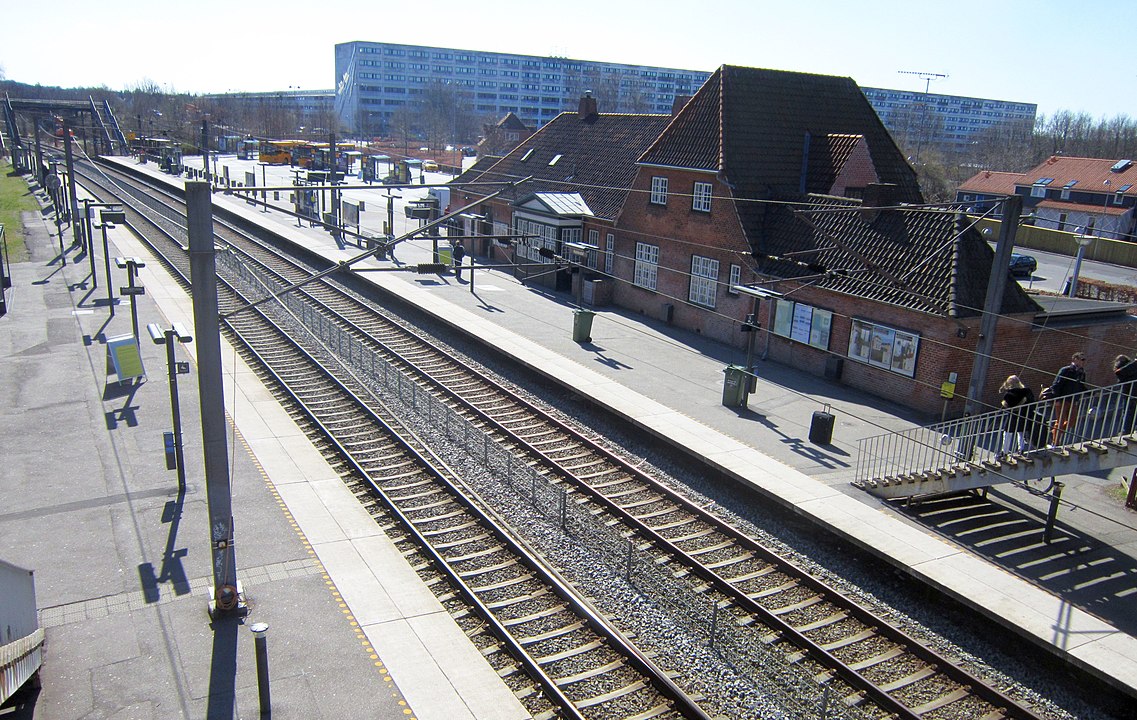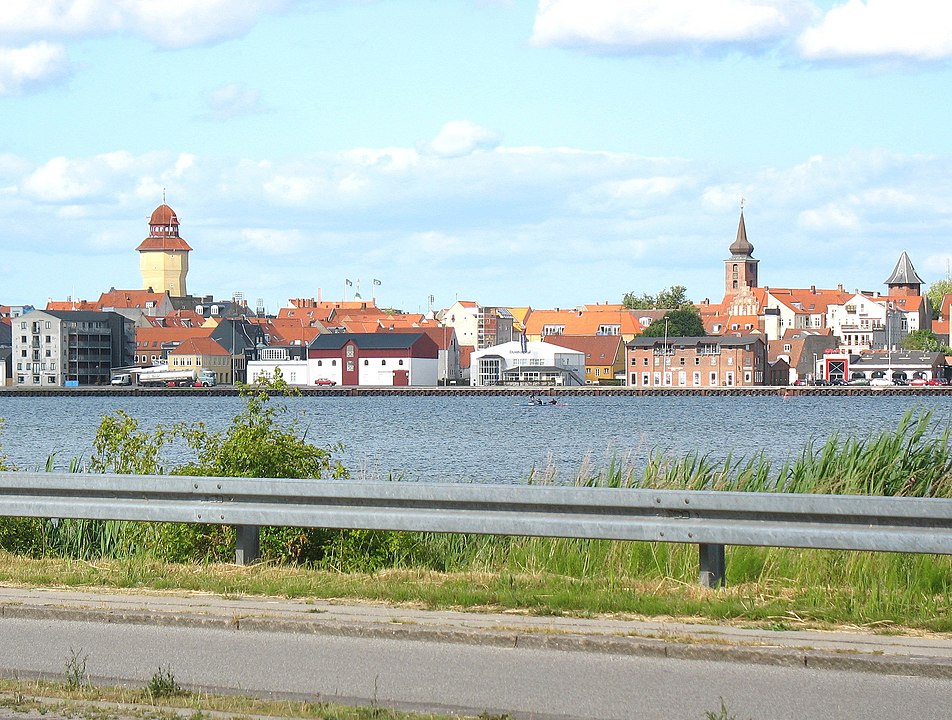Do I need a work permit to start working in Denmark?
The rules regarding residence and work in Denmark are administered by the Danish Immigration Service and The Danish Agency for International Recruitment and Integration (SIRI) under the Ministry of Immigration and Integration.
If you are from an EU/EEA country, you can freely enter Denmark and begin to work upon arrival without needing a permit to work. The case is different for those who are not EU citizens.
For these people, there are various ways to get a work permit, which can be found at nyidanmark.dk.
For most IT and tech-related jobs, internationals are employed through the Fast-track Scheme, Pay Limit Scheme or through the Positive List for People with a Higher Education, in which an IT education is listed.
The work permit is secured through proof of employment – a signed contract – and so you must find a job before you submit your work permit application. Once you have a work permit, you can apply for a residence permit.
A residence and work permit based on a job in Denmark allows your family to come with you to Denmark. A permit can be granted to your spouse, registered or cohabiting partner as well as children under the age of 18 living at home.
Holding a residence permit as an accompanying family member to an employee in general allows you the right to work in Denmark. Therefore, you do not need to apply for a separate work permit if you get a job.
READ MORE: How can you get a work permit in Denmark if you are not an EU national?
If you are already in Denmark and have just completed an advanced degree – master’s level or higher – your residence permit as a non EU national will remain valid for an additional six months, allowing you to seek employment in Denmark.
How do IT consultants and other tech workers end up getting jobs in Denmark?
A large amount of IT workers come to work in Denmark as employees for the big Indian and global IT consultancies, such as Infosys, TCS, or Wipro, Accenture, Deloitte, or IBM. Once they are in Denmark, some then get hired by a local Danish company.
Others come to study for a Masters degree at a Danish university and then apply for a job, while some programmers and other skilled workers are hired directly by Danish employers either from their home country, or while working in another country in the EU.
READ MORE: What’s the difference between temporary and permanent residency in Denmark
So where do I begin my job search?
“LinkedIn is where you start,” Sheetal Ashar, a senior software engineer in Aarhus told The Local.
You can use LinkedIn’s job search tool to look for positions. The website will show you jobs that match keywords on your profile, but you can also customise search parameters to show you openings in specific cities, companies, or job titles. Setting your profile to public also means recruiters can contact you.
“I think a very clear and specific resume helps and you should write a cover let that highlights what you have done. Talking to recruiters can also help. If you look for the profile of the hiring manager and ask them what they are looking for, that enhances your chance to be noticed when you interview,” Ashar advised.
LinkedIn is where Ashar found her own job in Aarhus, after living in Denmark for a year looking after her son. She said the process was smooth and she now helps recruit for the company.
“We go to universities to hire student workers and interns, so if you find an opportunity like that you should go for it. We don’t pay but it can help build your network and you can find a job that way,” she recommended.
Other IT companies can offer work visas to hire employees from abroad.
“My company sorted out the work permit for me and my family through the Fast-track scheme. I was never concerned about my work permit and extensions and I now have permanent residency in Denmark,” Yogesh who works as a Senior IT Architect at in Aarhus, told The Local.
He moved from northern India with his wife and two children over eight years ago and first worked for Grundfos, after seeing a job advertised on LinkedIn.
“I was working with IBM in northern India where Arla is a client. While working on a project for them I got to know Denmark and the people who worked there and I loved everything about it. So I started looking for job openings where I could be part of a Danish organisation and by chance I saw a job opening at Grundfos, which I got,” Yogesh explained.
He has found that Danish companies have become increasingly international since he started working in the country.
“It is easier now than when I tried eight years ago to get a job, because a lot of internationals are part of Danish organisations and all organisations are focussing on diversity,” Yogesh said. This is something Sheetal Ashar has also noticed, particularly in Aarhus, where there are currently a lot of job opportunities for internationals in IT and technology.
Where else can I search for jobs?
‘The State of Denmark’ lists IT and tech-related jobs from companies across Denmark specifically suited for international candidates.
‘The State of Denmark’ campaign is part of the project ‘Talent to Denmark’ and is partly funded by the European Social Fund (ESF) and the Danish Board of Business Development. Their website also gives advice about Danish work culture and life in Denmark.
READ MORE: What foreign residents need to know about Denmark’s pension rules






 Please whitelist us to continue reading.
Please whitelist us to continue reading.
Member comments